Attention-Deficit/Hyperactivity Disorder (ADHD) is a common neurodevelopmental condition that affects people of all ages. It can impact a person’s ability to focus, control their impulses, and manage their energy levels. In this article, we will explore what ADHD is, its potential causes, the symptoms associated with it, and how it is diagnosed. To make things easier to understand, we will include two real-life case studies to illustrate the impact of ADHD on individuals.
1. Understanding what is ADHD
ADHD is a brain-based condition that affects a person’s ability to regulate their attention and manage their impulses. It’s not a sign of laziness or a lack of intelligence. Many people with ADHD are creative, intelligent, and highly capable, but they may face unique challenges in daily life.
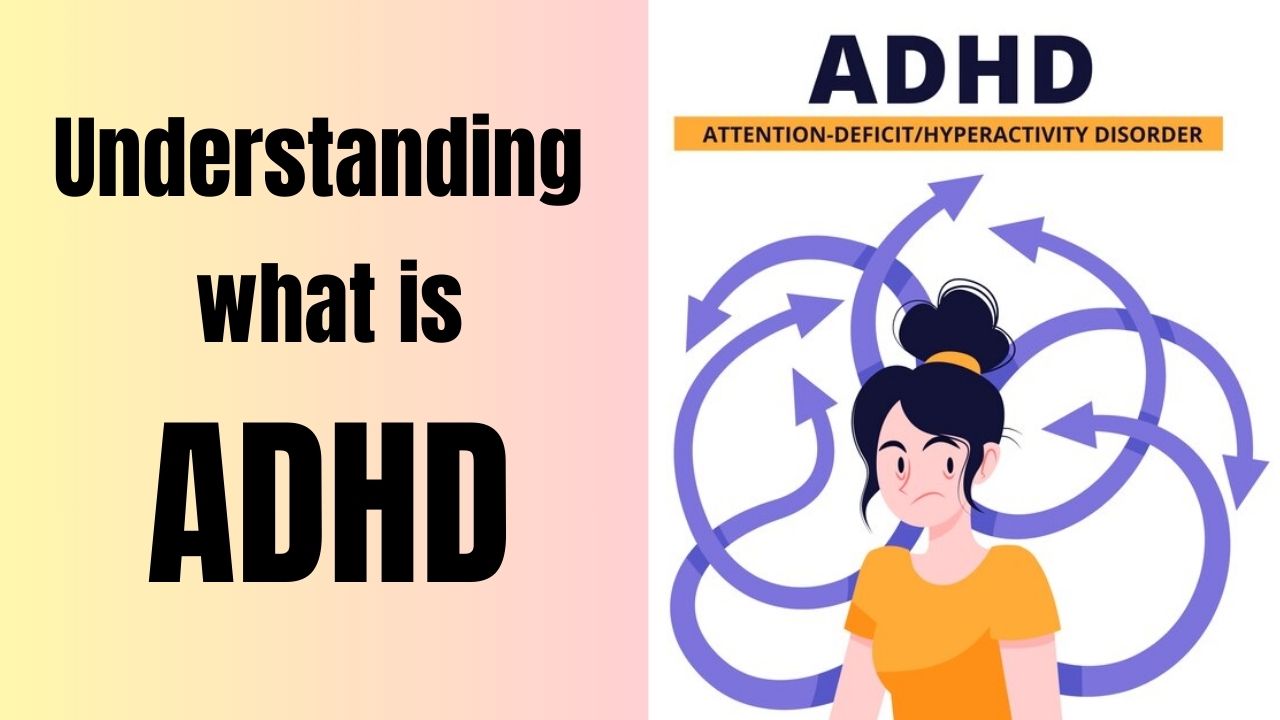
- Attention Difficulties: People with ADHD often struggle to sustain their attention on tasks that require focus, whether it’s schoolwork, work projects, or even everyday conversations. They may become easily distracted by unrelated stimuli, have trouble organizing their thoughts, and frequently make careless mistakes.
- Hyperactivity and Impulsivity: There are different types of ADHD, and the hyperactive-impulsive type is characterized by excessive restlessness, fidgeting, and difficulty staying still. Impulsivity, on the other hand, can manifest as speaking or acting without thinking, interrupting others, and having trouble waiting in turn.
2. Types of ADHD
ADHD (Attention-Deficit/Hyperactivity Disorder) is not a one-size-fits-all condition. It can manifest in different ways, leading to three primary subtypes or presentations: Predominantly Inattentive Presentation, Predominantly Hyperactive-Impulsive Presentation, and Combined Presentation. These subtypes describe the predominant symptoms that an individual with ADHD experiences. Let’s explore each type in detail:
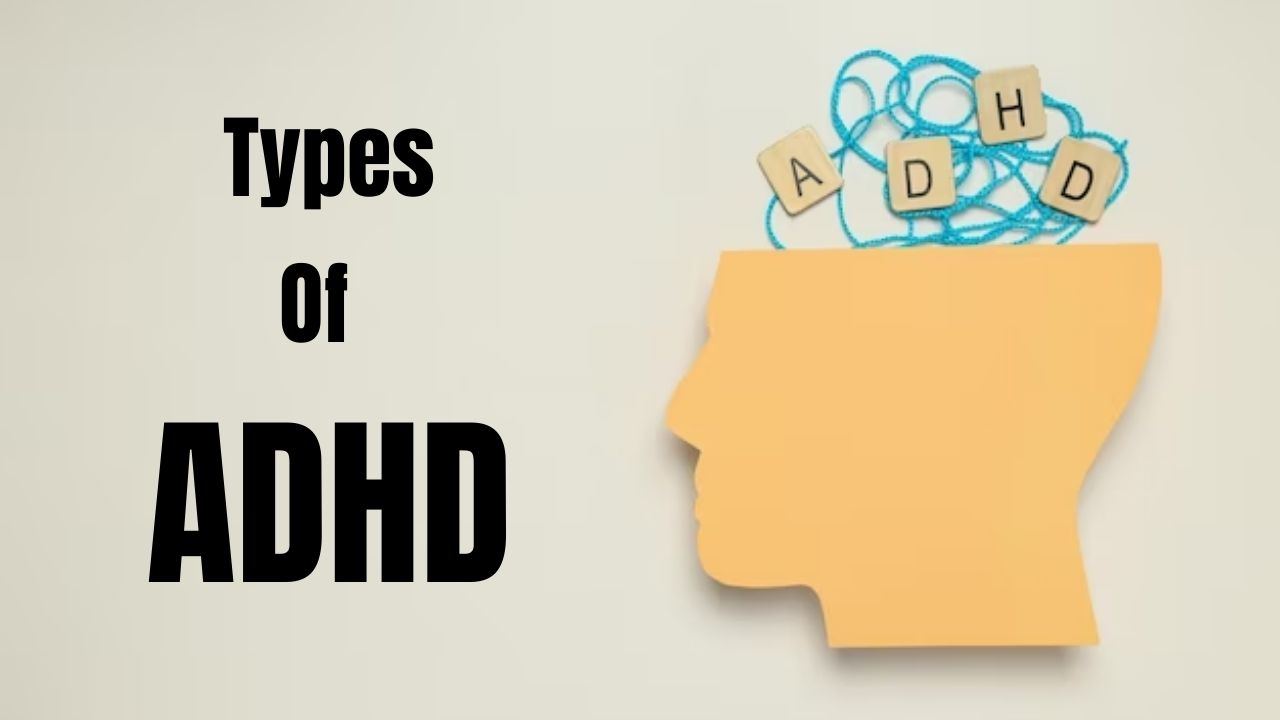
1. Predominantly Inattentive Presentation (ADHD-PI):
Individuals with predominantly inattentive ADHD primarily struggle with attention and organization. This presentation is sometimes informally referred to as “ADD,” although the official term is “ADHD, Predominantly Inattentive Presentation.” Common features of this subtype include:

- Difficulty Sustaining Attention: People with this type may find it challenging to maintain focus on tasks, especially those that are not particularly stimulating or interesting to them. They may frequently lose track of what they are doing.
- Forgetfulness: Forgetfulness is a hallmark of this subtype. Individuals may forget to complete assignments, chores, or even routine daily activities.
- Disorganization: Difficulty in organizing tasks and items is common. They may struggle with time management, often running late or missing deadlines.Careless Mistakes: Frequent mistakes due to lack of attention to detail, even in tasks that they are fully capable of performing accurately.
- Limited Attention to Instructions: Trouble following instructions, which can impact their performance in school, work, and other settings.
- Avoidance of Tasks Requiring Prolonged Mental Effort: A tendency to avoid or procrastinate on tasks that require sustained mental effort.
2. Predominantly Hyperactive-Impulsive Presentation (ADHD-HI):
The predominantly hyperactive-impulsive presentation of ADHD is characterized by an excess of physical restlessness, impulsive behavior, and difficulty controlling impulses. This subtype is less common than the predominantly inattentive presentation. Key features include:

- Hyperactivity: Excessive restlessness, fidgeting, and difficulty sitting still. Individuals may feel compelled to be in constant motion, even when it’s not appropriate.
- Impulsivity: A tendency to act without thinking or reflecting on the consequences. This can manifest in impulsive decisions, interrupting others, and difficulty waiting for one’s turn.
- Talkativeness: Rapid speech and a tendency to dominate conversations.
- Difficulty with Quiet Activities: Struggles with activities that require a calm, focused demeanor, such as reading, drawing, or completing quiet tasks.
- Risk-Taking: Engaging in risky behaviors without considering potential dangers.
3. Combined Presentation (ADHD-C):
The combined presentation is the most common type of ADHD, and it features a combination of symptoms from both the inattentive and hyperactive-impulsive subtypes. Individuals with this presentation exhibit a wide range of ADHD symptoms, including difficulties with attention, hyperactivity, and impulsivity.
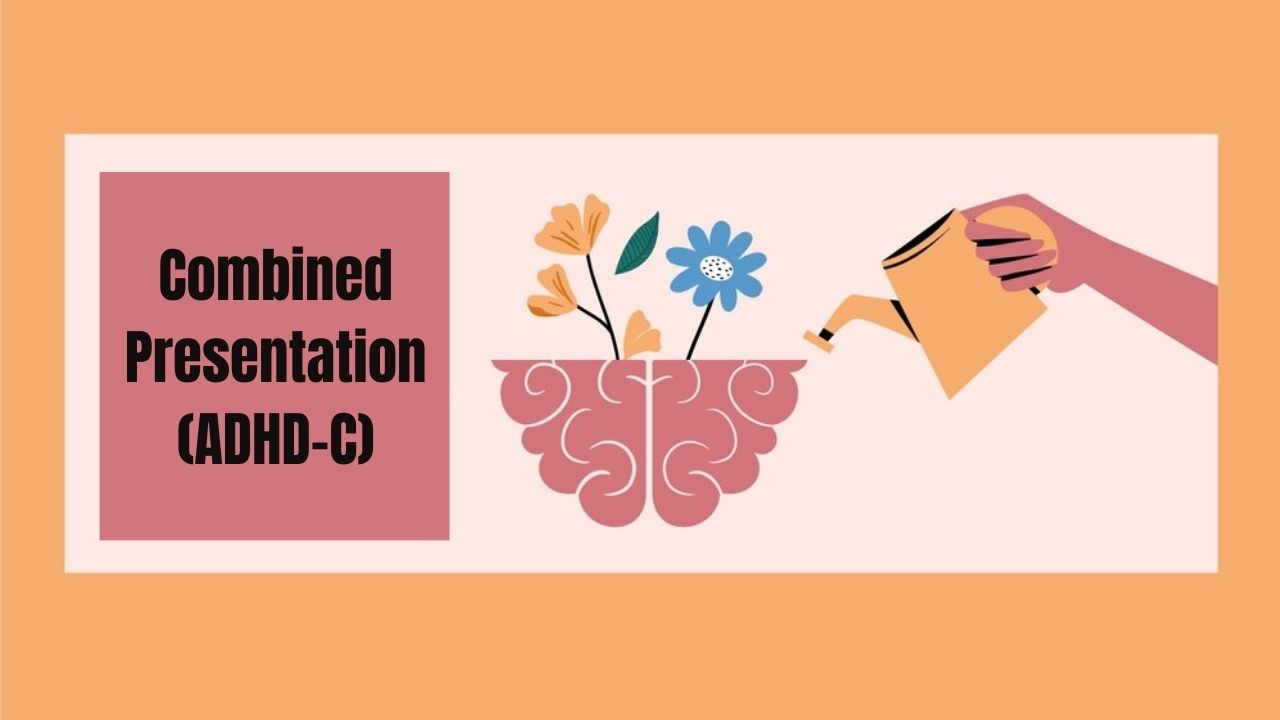
In the combined presentation, individuals may experience challenges with sustaining attention, staying still, and controlling impulsive behaviors. This type often results in a broader and more varied set of challenges across different aspects of life.
It’s important to note that ADHD is a complex and multifaceted condition, and symptoms can vary from person to person. Furthermore, individuals with ADHD may experience changes in their symptoms over time, and effective treatment may involve a combination of strategies, which could include medication, behavioral therapy, educational support, and lifestyle modifications.
3. Onset and Lifespan of ADHD
1. Onset of ADHD:
ADHD typically has an early onset, meaning that its symptoms become noticeable in childhood. However, it’s essential to recognize that the age at which symptoms first appear can vary among individuals. Some children may exhibit signs of ADHD as early as preschool age, while others may not show noticeable symptoms until they enter elementary school or later.

Early Signs in Preschoolers: In preschool-age children, signs of ADHD may include:
- Impulsivity: Difficulty waiting for one’s turn, blurting out answers, and acting without thinking.
- Hyperactivity: Being overly active, restless, and having trouble sitting still during activities.
- Inattention: Difficulty sustaining attention, especially on activities that require focus or patience.
- Signs in School-Age Children: As children with ADHD progress through elementary school, their difficulties with attention, hyperactivity, and impulsivity often become more apparent, affecting their academic performance, relationships with peers, and behavior in the classroom.
2. Lifespan of ADHD:
ADHD is not limited to childhood; it can persist into adolescence and adulthood. Here’s an overview of how ADHD can manifest and evolve across the lifespan:
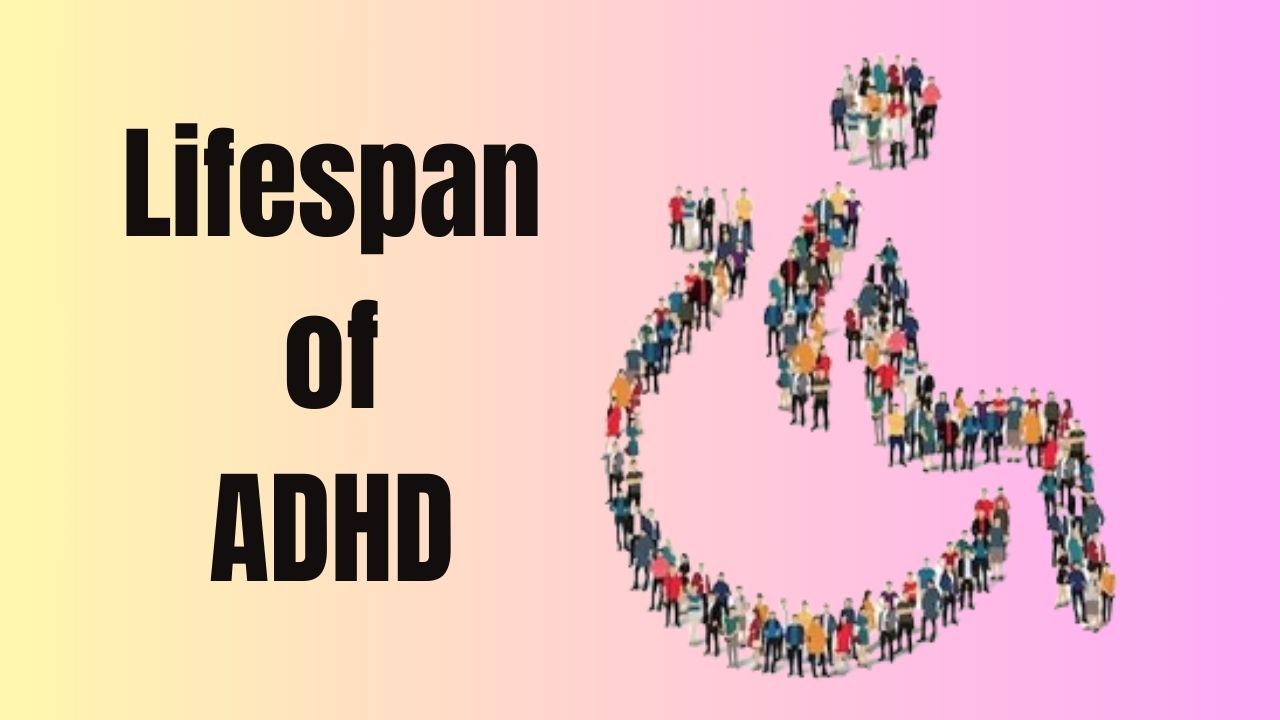
ADHD in Childhood (Ages 6-12):
In elementary school, children with ADHD may struggle with tasks that require sustained attention, organization, and impulse control. This can lead to academic challenges and problems following classroom rules.
Early intervention, including behavioral therapy and educational support, can be highly effective in helping children manage their symptoms.
ADHD in Adolescence (Ages 13-17):
During the teenage years, individuals with ADHD may continue to experience difficulties in school, as academic demands increase. They may also face new challenges related to peer relationships and developing a sense of independence.
Some adolescents may develop coping strategies to manage their symptoms, while others may struggle without proper support.
ADHD in Adulthood (Ages 18 and beyond):
ADHD often persists into adulthood, although the presentation of symptoms may change. Hyperactivity may decrease, but inattention and impulsivity can continue to be challenging.
Adults with ADHD may face difficulties in maintaining employment, managing finances, and organizing their lives. They may also experience relationship issues and emotional difficulties.
The diagnosis of ADHD in adults has become more common, and many adults receive treatment and support to manage their symptoms.
4. The impact of Attention-Deficit/Hyperactivity Disorder (ADHD) on daily life
The impact of Attention-Deficit/Hyperactivity Disorder (ADHD) on daily life can be significant and multifaceted, affecting various aspects of an individual’s personal, educational, and professional experiences. The specific challenges experienced by someone with ADHD can vary, but here’s an overview of how ADHD can influence daily life:
1. Academic and Work Performance:
– In Children and Adolescents: Students with ADHD often struggle with inattention, impulsivity, and hyperactivity, which can lead to poor academic performance. They may find it challenging to focus on schoolwork, complete assignments, and follow instructions in the classroom. This can result in lower grades and increased frustration for both the child and their parents.
– In Adults: Adults with ADHD may face difficulties at work, including trouble staying organized, managing time effectively, and staying on task. They may have a higher risk of making errors, missing deadlines, and experiencing career challenges.
2. Relationships:
– Family and Social Relationships: The symptoms of ADHD can impact personal relationships. Impulsivity can lead to saying things without thinking, which may strain relationships with family and friends. Adults with ADHD may struggle with time management, leading to missed social events or difficulties maintaining a consistent schedule.
– Romantic Relationships: Individuals with ADHD may have trouble with relationship issues, including forgetfulness, disorganization, and difficulty with time management. This can lead to misunderstandings and conflicts with romantic partners.
3. Emotional Well-Being:
– Emotional Dysregulation: ADHD is often associated with emotional dysregulation, which means individuals may experience intense emotions that are difficult to manage. They may be more prone to frustration, anger, and mood swings.
– Low Self-Esteem: Repeated struggles in academics, work, and relationships can erode self-esteem, leading to feelings of inadequacy and self-doubt.
4. Organization and Time Management:
– Individuals with ADHD may struggle with organization, time management, and the ability to plan and prioritize tasks. They may frequently misplace items, forget appointments, and procrastinate, which can lead to disarray in their daily lives.
5. Financial Management:
– ADHD can make it challenging for adults to manage their finances effectively. Impulsivity can lead to impulsive spending, and difficulties with organization and planning may result in late bill payments or financial disarray.
6. Health and Lifestyle:
- Sleep: Some individuals with ADHD may experience sleep problems, including difficulty falling asleep and maintaining a regular sleep schedule.
- Nutrition: Diet can also be affected, with some individuals making impulsive and unhealthy food choices.
- Exercise: Maintaining a regular exercise routine can be challenging due to impulsivity and difficulties with time management.
7. Safety Concerns:
– Impulsivity and inattention can lead to safety concerns, such as accidents, reckless behavior, or difficulties following safety rules and precautions.
It’s important to understand that the impact of ADHD on daily life can vary from person to person. Some individuals may develop coping strategies and successfully manage their symptoms, while others may experience more significant challenges. However, with proper diagnosis and appropriate treatment, individuals with ADHD can learn effective strategies to address these challenges, improve their quality of life, and achieve their full potential.
5. Potential Causes of ADHD
While the exact causes of ADHD are not fully understood, researchers believe that a combination of genetic, neurological, and environmental factors play a role. It tends to run in families, suggesting a genetic component. Additionally, certain prenatal factors like maternal smoking, alcohol use, or exposure to toxins may increase the risk of ADHD in children.
Here, we’ll explore the potential causes of ADHD in more detail:
1. Genetic Factors:
- Family History: One of the most significant risk factors for developing ADHD is having a family history of the disorder. Children with a parent or sibling with ADHD are more likely to develop it themselves.
- Genetic Studies: Research has identified specific genes that may be associated with ADHD. These genes are believed to play a role in regulating neurotransmitters (chemical messengers in the brain) involved in attention and impulse control.
- Heritability: Studies have estimated that genetics may contribute to around 70-80% of the risk for developing ADHD, suggesting a strong genetic component.
2. Neurological Factors:
- Brain Structure and Function: Neuroimaging studies have shown that individuals with ADHD may have differences in the size and activity of certain brain regions, particularly the prefrontal cortex, which is involved in executive functions like impulse control and attention. These structural and functional differences can affect an individual’s ability to focus and manage their impulses.
- Neurotransmitters: ADHD is associated with imbalances in certain neurotransmitters, particularly dopamine and norepinephrine. These neurotransmitters play a crucial role in regulating attention, motivation, and the ability to control impulses.
3. Prenatal and Perinatal Factors:
- Maternal Smoking and Substance Use: Maternal smoking during pregnancy and exposure to certain substances, such as alcohol and drugs, have been associated with an increased risk of ADHD in children.
- Low Birth Weight and Prematurity: Children born with a low birth weight or prematurely may have a higher risk of developing ADHD.
- Prenatal Stress and Lead Exposure: Some studies have suggested a link between prenatal stress and exposure to environmental toxins (like lead) and an increased risk of ADHD.
4. Environmental Factors:
- Lead Exposure: Lead exposure in early childhood, primarily through contaminated water or old lead-based paint, has been associated with an increased risk of developing ADHD.
- Diet and Nutrition: While there is ongoing research, certain dietary factors and artificial food additives have been investigated for their potential link to ADHD symptoms in some children.
- Childhood Brain Injury: Traumatic brain injury during childhood can lead to symptoms resembling ADHD, although it’s distinct from the typical developmental ADHD.
5. Social and Psychosocial Factors:
- Early Life Stress and Adverse Childhood Experiences: Adverse childhood experiences, such as neglect, abuse, or family disruption, can contribute to emotional and behavioral difficulties that may resemble ADHD symptoms.
- Parenting Styles: While parenting alone does not cause ADHD, certain parenting styles or family dynamics may influence how ADHD symptoms manifest or are managed.
It’s important to note that no single cause explains the development of ADHD in all cases. Instead, ADHD likely arises from the complex interplay of multiple factors, with genetics playing a prominent role. Additionally, the presentation and severity of ADHD can vary widely among individuals, further emphasizing the complexity of the disorder.
6. Common Symptoms of ADHD
Attention-Deficit/Hyperactivity Disorder (ADHD) is characterized by a range of symptoms that affect an individual’s ability to sustain attention, control impulses, and regulate their activity level. These symptoms can manifest differently in children, adolescents, and adults, and the severity and specific combinations of symptoms can vary. Below, I’ll explain the common symptoms of ADHD in more detail:
1. Inattention Symptoms:
- Difficulty Sustaining Attention: Individuals with ADHD often have trouble maintaining focus on tasks that require sustained mental effort, such as schoolwork, work assignments, or reading. They may frequently become distracted or “zone out.”
- Making Careless Mistakes: People with ADHD may be prone to making errors in schoolwork, at work, or in everyday activities, even when they are capable of performing accurately.
- Difficulty Organizing Tasks: Problems with task organization can lead to messy rooms, disorganized schoolwork, and missed deadlines. They may struggle to prioritize and complete tasks in an efficient manner.
- Forgetfulness: Forgetfulness is a common feature of ADHD, which can lead to forgetting appointments, losing items (e.g., keys, wallet), and neglecting to complete important tasks.
- Avoidance of Tasks Requiring Prolonged Mental Effort: Individuals with ADHD may have a tendency to avoid or procrastinate tasks that demand sustained mental effort. They may find it difficult to concentrate for extended periods.
- Difficulty Following Instructions: Difficulty comprehending and following complex or multistep instructions can be a challenge, whether at school, work, or home.
2. Hyperactivity Symptoms (More common in children):
- Excessive Fidgeting and Restlessness: Children with the hyperactive subtype of ADHD are often very active. They may have difficulty sitting still, frequently tapping their feet, drumming their fingers, or squirming in their seats.
- Running and Climbing in Inappropriate Situations: Children with ADHD may engage in risky behavior, such as running or climbing in situations where it’s not appropriate, which can lead to accidents.
- Inability to Play or Work Quietly: Children may struggle to engage in quiet, focused play or work. They may have difficulty waiting their turn or remaining calm in quiet settings.
- Talkativeness: Some children with ADHD may exhibit excessive talking, interrupting others in conversations or class.
3. Impulsivity Symptoms:
- Impulsivity in Conversation: Individuals with ADHD may blurt out answers to questions before they are fully asked or interrupt others during conversations.
- Difficulty Waiting Their Turn: Impulsivity can manifest as impatience and difficulty waiting for one’s turn in line or in games.
- Impulsive Decision-Making: Individuals with ADHD may act without thinking about the consequences, leading to impulsive choices and actions that can be risky.
It’s important to note that not all individuals with ADHD exhibit all of these symptoms. ADHD is diagnosed based on the presence of a significant number of these symptoms that are persistent, pervasive, and interfere with daily functioning.
7. Case Study of ADHD
To provide a better understanding of how these symptoms manifest, let’s look at two case studies.
Case Study 1: Sarah
Sarah is a 12-year-old girl who has been struggling with school for several years. She often forgets to complete her homework, loses her school supplies, and can’t seem to pay attention in class. Her teachers have described her as “daydreamy” and “disorganized.” Her parents noticed similar issues at home, where she would frequently start tasks but struggle to finish them. Sarah was diagnosed with ADHD-Inattentive type after a thorough evaluation by a healthcare professional. With proper support, including medication and therapy, she has made significant improvements in her academic performance and organizational skills.
Case Study 2: Mike
Mike is a 28-year-old man who has always been full of energy. He’s a creative thinker but has a hard time staying on track with tasks. At work, he often jumps from one project to another without completing them. He also struggles with impulsivity, sometimes speaking without thinking, which has caused problems in his personal relationships. After discussing his concerns with a psychiatrist, Mike was diagnosed with ADHD-Combined type. With medication and behavioral therapy, he has learned techniques to manage his impulsivity and improve his focus, both at work and in his personal life.
8. How to diagnose ADHD
Diagnosing ADHD involves a comprehensive assessment, typically conducted by a healthcare professional like a pediatrician, psychiatrist, or psychologist. This assessment includes a thorough history, interviews with the individual and their family, and sometimes questionnaires to gather information about the symptoms. In some cases, medical or psychological tests may be conducted to rule out other possible conditions that could be contributing to the symptoms.
Here’s a detailed overview of the steps involved in diagnosing ADHD:
1. Initial Assessment:
Clinical Interview: The diagnostic process often begins with a clinical interview, where the healthcare provider talks to the individual seeking the diagnosis (if they are adults) or to their parents or caregivers (for children). This interview gathers information about the individual’s developmental history, medical history, and the current symptoms they are experiencing.
2. Criteria for Diagnosis:
Diagnostic Criteria: To be diagnosed with ADHD, the individual’s symptoms must meet the criteria outlined in the Diagnostic and Statistical Manual of Mental Disorders (DSM-5). The DSM-5 is a widely accepted guide for mental health professionals and provides specific criteria for diagnosing ADHD. To receive a diagnosis, symptoms must significantly impair the individual’s functioning and have been present for at least six months.
3. Information from Multiple Sources:
– Teacher/Daycare Provider Reports: In the case of children, it is common to obtain information from teachers or daycare providers to assess the individual’s behavior in different settings, such as school or daycare. This information helps determine if symptoms are present in multiple environments.
– Parent/Caregiver Questionnaires: Parents or caregivers may be asked to complete standardized questionnaires about the individual’s behavior and symptoms. These questionnaires provide additional information to aid in diagnosis.
– Self-Report Questionnaires (for Adults): Adults seeking an ADHD diagnosis are often asked to complete self-report questionnaires about their symptoms and experiences. These questionnaires can help assess the impact of symptoms on daily life.
4. Rule Out Other Conditions:
Differential Diagnosis: It’s crucial to rule out other medical or psychological conditions that could be causing the symptoms. Conditions such as learning disabilities, anxiety, depression, and certain medical conditions can sometimes mimic or co-occur with ADHD symptoms.
Medical Evaluation: A thorough medical evaluation may be conducted to rule out any medical conditions that could be contributing to the symptoms.
5. Observation:
Observation of Behavior: Healthcare providers may observe the individual’s behavior and interactions during the assessment. This can provide valuable insights into how the individual functions in a clinical setting.
6. Duration and Persistence:
Duration of Symptoms: The symptoms of ADHD must have been present for at least six months to meet the diagnostic criteria.
7. Subtype Identification:
Subtype Determination: After confirming an ADHD diagnosis, the healthcare provider may determine the specific subtype of ADHD based on the predominant symptoms: Predominantly Inattentive Presentation, Predominantly Hyperactive-Impulsive Presentation, or Combined Presentation.
8. Assessment Tools:
Psychological Testing: In some cases, psychological tests may be administered to provide a more comprehensive assessment of the individual’s cognitive and emotional functioning.
9. Feedback and Discussion:
Feedback and Discussion of Results: Once the assessment is complete, the healthcare provider will discuss the findings with the individual or their caregivers. This discussion will include the diagnosis, subtype (if applicable), and treatment options.
10. Treatment Planning:
Treatment Recommendations: Following a diagnosis, the healthcare provider will develop a treatment plan tailored to the individual’s needs. Treatment options may include medication, behavioral therapy, educational support, and lifestyle modifications.
11. Ongoing Monitoring:
Ongoing Assessment: ADHD is a lifelong condition, and ongoing assessment and monitoring are essential to track the individual’s progress and adjust treatment as needed.
It’s important to remember that ADHD is a complex and heterogeneous disorder, and the diagnostic process should be comprehensive and individualized to address the unique needs of each person seeking a diagnosis. Accurate diagnosis is crucial for developing an effective treatment plan and support for individuals with ADHD.
9. What is the treatment of ADHD
The treatment of Attention-Deficit/Hyperactivity Disorder (ADHD) is typically a multifaceted approach that combines various strategies to address the core symptoms and improve an individual’s functioning and quality of life. Here’s a detailed overview of the process of treating ADHD:
1. Assessment and Diagnosis:
The treatment process starts with a thorough assessment and diagnosis by a healthcare provider, such as a psychiatrist, psychologist, or pediatrician. This involves gathering information from clinical interviews, questionnaires, observations, and a review of the individual’s history and symptoms to confirm the diagnosis of ADHD.
2. Development of a Treatment Plan:
After diagnosis, the healthcare provider develops a personalized treatment plan tailored to the individual’s needs, age, and specific symptoms. The treatment plan may include the following components:
3. Education and Psychoeducation:
Education is a crucial part of ADHD treatment. It involves providing the individual (and their family, if applicable) with information about ADHD, its symptoms, and the treatment options available. Psychoeducation helps individuals and their caregivers better understand the condition and its management.
4. Medication Management:
Stimulant Medications: Stimulant medications, such as methylphenidate (e.g., Ritalin) and amphetamine (e.g., Adderall), are often the first-line treatment for ADHD. These medications can help improve attention, impulse control, and hyperactivity. They are available in short-acting and long-acting forms.
Non-Stimulant Medications: Non-stimulant medications like atomoxetine (Strattera) and guanfacine (Intuniv) may be prescribed when stimulant medications are not effective or are not well-tolerated. These medications work differently but can still help manage ADHD symptoms.
5. Behavioral Therapy:
- Behavioral therapy, such as cognitive-behavioral therapy (CBT) and behavior management techniques, can help individuals with ADHD develop strategies to manage their symptoms and improve their functioning. These techniques may include:
- Time management and organization skills: Teaching the individual to plan and prioritize tasks, set goals, and create structured routines.
- Social skills training: Helping individuals improve their communication and interaction with others.
- Positive reinforcement: Encouraging and rewarding positive behaviors.
- Self-monitoring: Teaching the individual to track their own behavior and progress.
6. Educational Support:
In school settings, children with ADHD may be eligible for special education services or accommodations under the Individuals with Disabilities Education Act (IDEA) or a 504 Plan. These accommodations can include extended time for tests, preferential seating, and the use of assistive technology.
7. Parent Training:
For parents of children with ADHD, parent training programs can provide valuable strategies for managing and supporting their child’s symptoms at home and in other settings. These programs can help parents improve communication, set consistent rules, and provide effective discipline.
8. Lifestyle Modifications:
- Lifestyle changes can play a significant role in ADHD management. This may include:
- Regular exercise: Physical activity can help manage hyperactivity and improve mood and attention.
- Healthy diet: A balanced diet with adequate nutrition can support overall well-being.
- Adequate sleep: Ensuring the individual gets enough rest can be essential for managing ADHD symptoms.
9. Regular Follow-Up:
– Ongoing assessment and follow-up appointments with the healthcare provider are crucial to monitor the individual’s progress and make any necessary adjustments to the treatment plan.
10. Support Systems:
– Building a support network is essential. This can involve working with teachers, school counselors, therapists, and support groups to ensure that the individual receives consistent support and guidance.
11. Individualized Approach:
– ADHD is a highly individualized condition, and treatment plans should be adjusted based on the individual’s specific needs and response to interventions.
12. Monitoring for Co-Existing Conditions:
– Individuals with ADHD are more likely to have co-existing conditions, such as anxiety or depression. Healthcare providers may assess and address these conditions as part of the treatment plan.
It’s important to note that treatment for ADHD is not a one-size-fits-all approach, and the effectiveness of interventions can vary from person to person. The combination of strategies chosen should be tailored to the individual’s unique circumstances and needs. Regular communication with healthcare providers and ongoing support are key to the successful management of ADHD and the improvement of the individual’s overall well-being.
Conclusion
In conclusion, Attention-Deficit/Hyperactivity Disorder (ADHD) is a complex neurodevelopmental condition that affects millions of individuals across the lifespan. It is characterized by a range of symptoms related to inattention, hyperactivity, and impulsivity, and its impact on daily life can be profound.
Diagnosing and treating ADHD involves a comprehensive and individualized approach. The process starts with a thorough assessment to confirm the diagnosis and gather information about the individual’s history and symptoms. Once diagnosed, a treatment plan is developed.
The treatment process is ongoing and requires regular follow-up and adjustment to ensure it remains effective. Support systems, including healthcare providers, teachers, and therapists, play a vital role in the success of the treatment plan.
Ultimately, while ADHD presents challenges, it is a manageable condition. With proper diagnosis, understanding, and a personalized treatment plan, individuals with ADHD can develop strategies to cope with their symptoms, lead fulfilling lives, and reach their full potential.
HAVE A NICE DAY! SEE YOU IN THE NEXT POST.
Frequently Asked Questions about ADHD
1. What is ADHD?
ADHD stands for Attention-Deficit/Hyperactivity Disorder. It’s a neurodevelopmental disorder that affects an individual’s ability to focus, control impulses, and regulate energy levels. It’s often characterized by symptoms of inattention, hyperactivity, and impulsivity.
2. What are the common symptoms of ADHD?
The symptoms of ADHD can vary among individuals but generally fall into two categories: inattention and hyperactivity/impulsivity. Inattention symptoms may include difficulty staying focused, being easily distracted, and forgetfulness. Hyperactivity and impulsivity symptoms may involve fidgeting, restlessness, impulsiveness in decision-making, and difficulty waiting or taking turns.
3. What causes ADHD?
The exact cause of ADHD is not fully understood, but it’s believed to be caused by a combination of genetic, environmental, and neurological factors. Genetics play a significant role, and environmental factors such as prenatal exposure to toxins, premature birth, low birth weight, or brain injuries may also contribute.
4. How is ADHD diagnosed?
Diagnosis of ADHD involves a comprehensive evaluation by a healthcare professional, often a psychiatrist or psychologist, who assesses symptoms, medical history, and behavior. Criteria from the Diagnostic and Statistical Manual of Mental Disorders (DSM-5) are used to determine if an individual meets the criteria for ADHD.
5. What are the treatment options for ADHD?
Treatment for ADHD typically includes a combination of behavioral interventions, therapy, and medication. Behavioral therapy can help individuals develop coping strategies and improve focus. Medications, such as stimulants (like methylphenidate or amphetamines) or non-stimulants, may be prescribed to manage symptoms. The treatment plan is often tailored to the individual’s specific needs and may involve a multidisciplinary approach involving therapists, educators, and parents or caregivers.


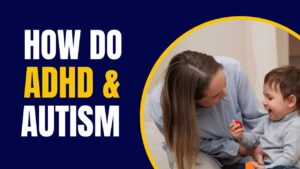
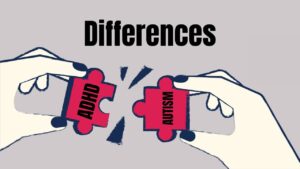
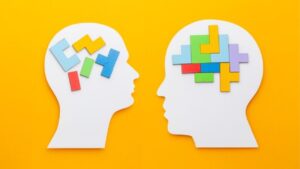

If some one wants to be updated with most up-to-date technologies therefore he must be pay a quick visit this website and be up to date all the time.